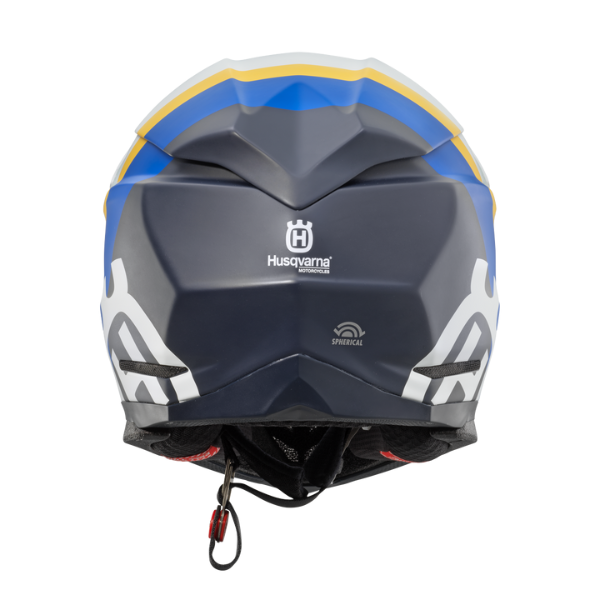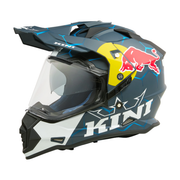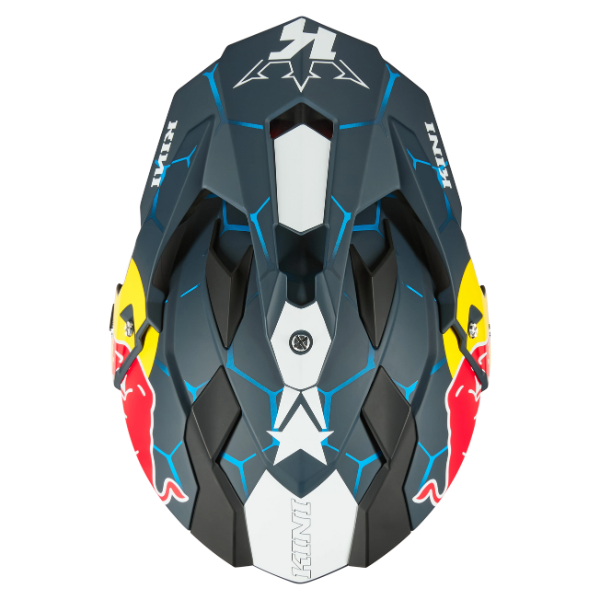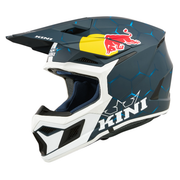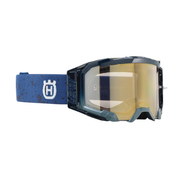Looking to gear up for your first dirt bike adventure? From helmets to hydration packs, this beginner-friendly guide breaks down the essential riding gear you need to stay safe and comfortable, from affordable starter kits to pro-level upgrades. Whether you’re trail riding or heading to the track, discover expert recommendations, gear comparisons, and smart buying tips to help you build your setup the right way.
Introduction
Whether you’re kicking up your first rooster tail or just getting comfortable gripping the throttle, one thing’s non-negotiable: the right gear can make or break your ride. Not just in terms of performance, but in safety, comfort, and the kind of confidence that keeps you coming back for more.
This guide is built for you, the new or soon-to-be dirt rider who wants to make smart, informed gear choices without getting lost in the weeds of marketing hype or overpriced fluff. You don’t need to spend a fortune to stay safe, but you do need to understand what’s worth investing in, what can wait, and what should never be compromised.
Inside, you’ll find a no-nonsense breakdown of essential gear, from budget-friendly dirt bike helmets to pro-grade motocross boots. We’ll talk MX goggles, riding gloves, and everything in between. You’ll also get expert-backed tips and gear comparisons, plus practical advice to help you build your kit the right way, at the right pace.
Essential Gear Checklist
Before you start comparing brands or scrolling through sales, here’s the foundational list, your dirt bike starter pack. These are the must-haves every beginner should prioritize.
Must-Have Gear
- Helmet (DOT, ECE, or Snell certified; MIPS preferred)
- Goggles (dust, debris, and impact protection)
- Boots (foot, ankle, and shin protection)
- Gloves (grip and impact shielding)
- Chest Protector or Body Armor (roost and crash protection)
- Knee Guards or Braces (joint stability and impact resistance)
- Riding Pants and Jersey (abrasion-resistant, purpose-built gear)
Optional but Highly Recommended
- Hydration Pack (especially for longer trail rides)
- Elbow Guards
- Kidney Belt
- Hand Guards

Quick Tip: Before you hit purchase, take stock of what you already have, what fits properly, and what needs to be upgraded first. Not all gear needs to be top-shelf, but all of it needs to work.
Gear Categories: From Budget to Pro
Helmet
Your helmet is the cornerstone of your safety kit. It protects your brain in high-impact scenarios and is the one item you never compromise on.
What to Look For
-
DOT, ECE, or Snell certification
-
Lightweight shell, good ventilation, and MIPS (Multi-directional Impact Protection System)
-
Comfortable fit that doesn’t shift while riding
Tiered Recommendations
-
Budget:
Troy Lee Designs SE4 Polyacrylite (around $150–$160 with MIPS) -
Mid-Range:
Bell MX-9 MIPS, Fly Racing Formula CP ($250–$300) -
Pro:
Shoei VFX-EVO, Arai VX-Pro4, Bell Moto-10 ($500+)
Goggles
Goggles are your eye’s first line of defense against dirt, dust, debris, and low-hanging branches.
What to Look For
-
Anti-fog lens, triple-layer foam, and wide field of view
-
Tear-off or roll-off systems for muddy rides
-
Comfortable strap fit with your helmet
Tiered Recommendations
-
Budget:
100% Strata 2, Fox Racing Main Goggles ($20–$40)

Boots
Dirt bike boots protect your feet, ankles, and shins from impacts, twisting injuries, and engine heat.
What to Look For
-
Reinforced toe box, ankle protection, and heat shields
-
Durable sole with good grip
-
Comfortable break-in period
Tiered Recommendations
-
Budget:
Alpinestars Tech 3, O’Neal Rider Boot ($150–$300) -
Mid-Range:
Alpinestars Tech 7 ($350–$450) -
Pro:
Sidi Crossfire 3 SRS, Gaerne SG-12 ($500–$600)

Expert Tips for First-Time Riders
1. Splurge on the Essentials
If you’re allocating your budget, prioritize your helmet and boots. These two pieces do the most heavy lifting when it comes to crash protection. A $500 helmet might seem steep until you crash.
2. Fit is Everything
Always try gear on when possible. Helmets should feel snug without pressure points, and boots should lock your ankle in without pinching. Ill-fitting gear is not only uncomfortable it can be unsafe.
3. Build Your Kit Over Time
You don’t need to go full pro on day one. Start with the basics and add higher-end pieces as your skills improve and your riding style develops. Trail riders may eventually want knee braces; motocross racers may need full body armor.
4. Shop Smart
End-of-season sales and online clearance events can score you top-tier gear at a fraction of the price. Don’t overlook gently used items either; especially jerseys, gloves, and pants. Just be cautious when it comes to used helmets and boots, which degrade over time.

Final Thoughts
Every rider starts somewhere, and starting smart doesn’t mean spending big. Prioritize safety over flash. A well-fitted helmet and a pair of reliable boots will serve you better than a full matching kit that cuts corners on protection.
The best gear isn’t necessarily the most expensive, it’s the gear that fits well, protects where it counts, and keeps you riding longer, safer, and more confidently. Focus on comfort, performance, and trusted reviews, not just brand names or marketing hype.
Resources & References
To help you go deeper, here’s a curated collection of reputable sources; gear guides, rider forums, and trusted retailers used throughout this guide. Whether you’re researching a new helmet or double-checking boot sizing, these links offer insight from both experts and everyday riders.
Rider Communities & Forums
Expert Gear Guides
Gear Shops & Reviews
If you’re shopping, be sure to check for bundles, seasonal discounts, and manufacturer sizing charts, especially for helmets and boots. These resources can help you get the right gear the first time, without overpaying or missing key features.


